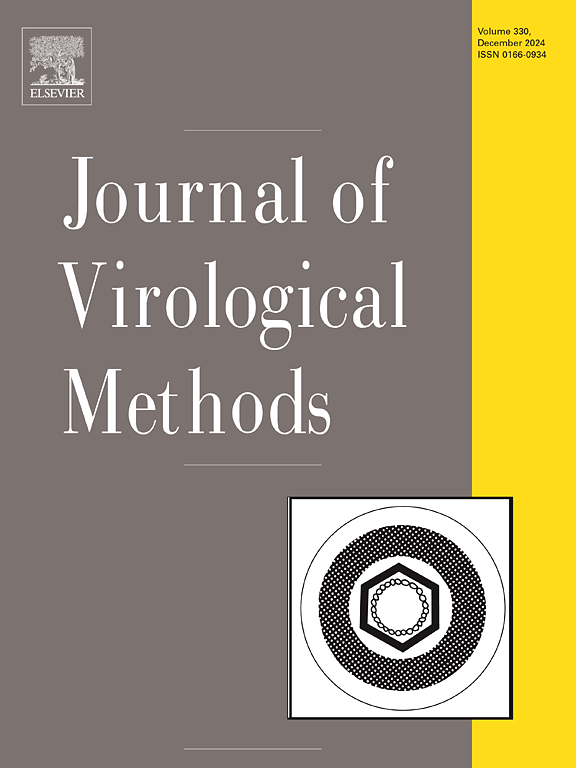Critical parameters on Zika virus-like particles’ generation
IF 2.2
4区 医学
Q3 BIOCHEMICAL RESEARCH METHODS
引用次数: 0
Abstract
The Zika virus became a global threat in 2015 due to its association with microcephaly. Preventing its spread depends on developing vaccines, with virus-like particles (VLP) being a promising approach, especially because of their safety profile and high immunogenicity. This study focused on the production of Zika VLP using Sf9 cells and the baculovirus expression system, evaluating cell growth kinetics, nutrient consumption, and metabolite production in Sf-900™ III medium. As a methodology, this study includes bioreactor experiments, cell density and viability quantification, nutrient and metabolite analysis, Dot Blot, Western Blot, and transmission electron microscopy. Among the critical conditions tested are culture medium supplementation with 0.028 mM cholesterol/ 6 nM bovine serum albumin, multiplicity of infection (MOI= 0.2 or 2), and dissolved oxygen tension (DOT= 5 or 30 % air saturation). As a result, in the growth phase, Sf9 cells achieved rapid exponential growth, with doubling times ranging from 22.8 to 35.4 hours and standard nutrient consumption and metabolite generation profiles for this cell line. The infection phase recorded cell death rates between 8200 and 12600 cells mL⁻¹ h⁻¹ , with higher VLP production under low MOI (0.2) and low DOT (5 %). These conditions also reduced protein degradation and nutrient consumption. The produced VLP ranged from 32 to 73 nm in size, with smaller sizes observed under low MOI conditions. Finally, controlling the DOT at 5 % air saturation without cholesterol/albumin supplementation increased VLP production without the need to raise the viral load, highlighting the importance of choosing the appropriate combination of critical parameters (MOI, DOT, and medium supplementation) as key factors in optimizing the upstream process. This finding impacts substantially upstream stage efficiency and economy, which could be useful for future scaling up to the commercial manufacturing scale.
求助全文
约1分钟内获得全文
求助全文
来源期刊
CiteScore
5.80
自引率
0.00%
发文量
209
审稿时长
41 days
期刊介绍:
The Journal of Virological Methods focuses on original, high quality research papers that describe novel and comprehensively tested methods which enhance human, animal, plant, bacterial or environmental virology and prions research and discovery.
The methods may include, but not limited to, the study of:
Viral components and morphology-
Virus isolation, propagation and development of viral vectors-
Viral pathogenesis, oncogenesis, vaccines and antivirals-
Virus replication, host-pathogen interactions and responses-
Virus transmission, prevention, control and treatment-
Viral metagenomics and virome-
Virus ecology, adaption and evolution-
Applied virology such as nanotechnology-
Viral diagnosis with novelty and comprehensive evaluation.
We seek articles, systematic reviews, meta-analyses and laboratory protocols that include comprehensive technical details with statistical confirmations that provide validations against current best practice, international standards or quality assurance programs and which advance knowledge in virology leading to improved medical, veterinary or agricultural practices and management.

 求助内容:
求助内容: 应助结果提醒方式:
应助结果提醒方式:


